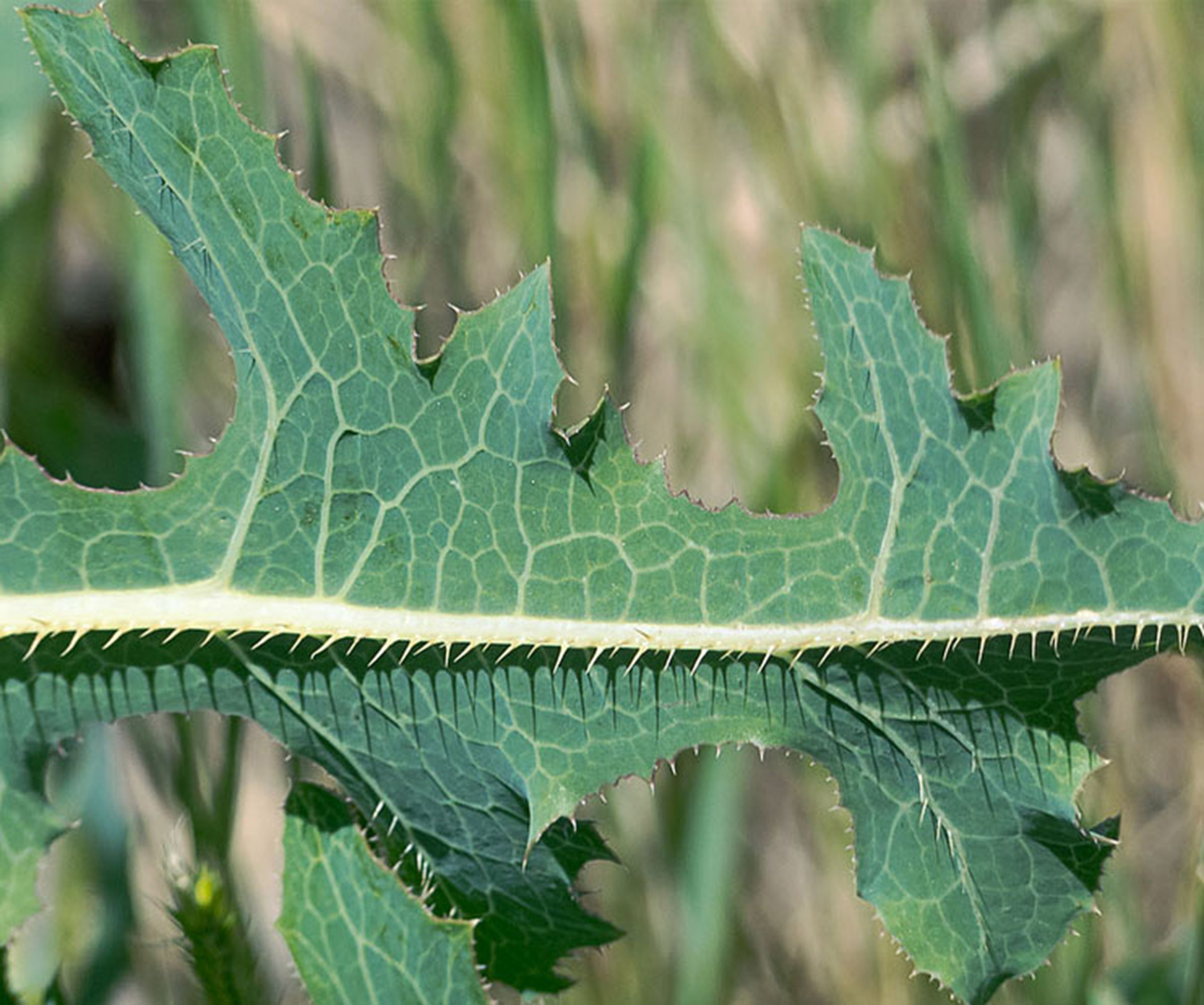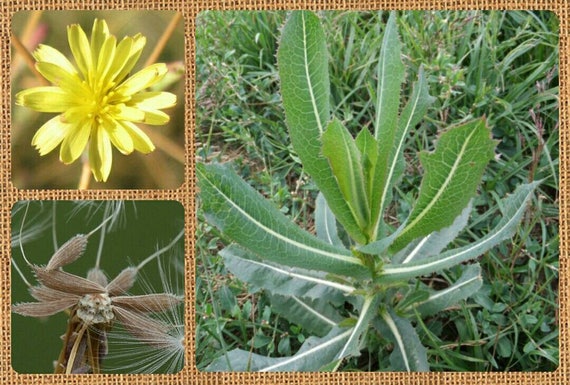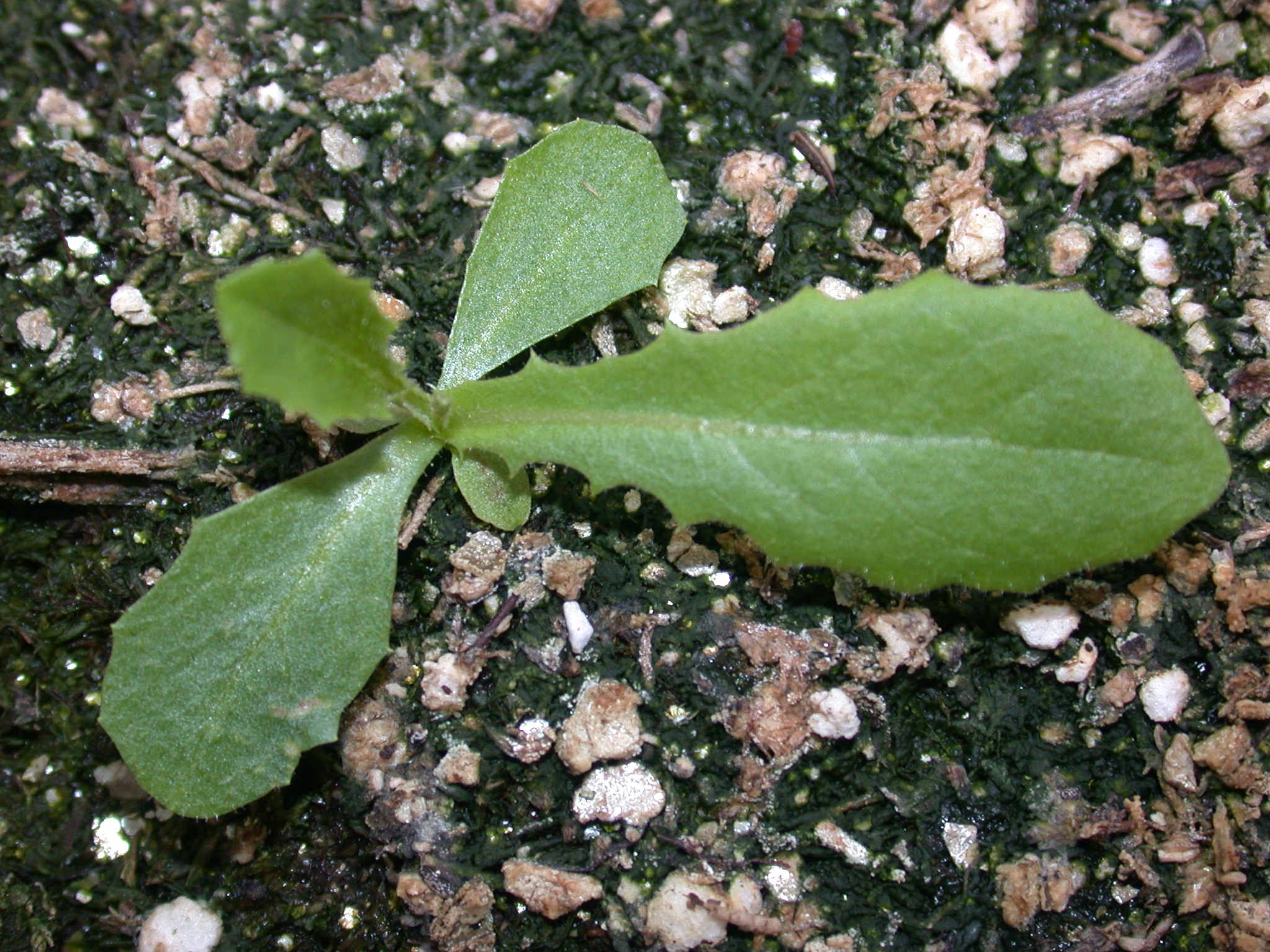How To Grow Prickly Lettuce
Prickly lettuce, also known as wild lettuce, sow thistle, or milky lettuce, is a common weed that can be found in many parts of the world. However, it is also a nutritious and medicinal plant that can be grown in gardens.
Prickly lettuce is an annual plant that grows 1 to 5 feet tall. It has deeply lobed leaves with spiny margins, and a milky sap that exudes when the leaves are broken. The flowers are yellow and bloom in the summer.
Prickly lettuce is a cool-season plant that prefers full sun and well-drained soil. It can be grown from seed or transplants. If starting from seed, sow the seeds 1/4 inch deep in the spring, 2 to 3 weeks before the last frost. Seeds will germinate in 10 to 20 days.
Prickly lettuce requires regular watering, especially during hot, dry weather. Fertilize every 2 to 3 weeks with a balanced fertilizer.
Prickly lettuce is a relatively pest- and disease-free plant. However, it can be susceptible to aphids and slugs. If you see any pests, treat them with insecticidal soap or neem oil.
Prickly lettuce is ready to harvest when the leaves are young and tender. Harvest the leaves by cutting them off at the base of the plant. You can eat the leaves raw in salads or cooked like spinach. Prickly lettuce can also be dried and stored for later use.
Prickly lettuce is a versatile and nutritious plant that can be grown in most gardens. It is a good source of vitamins A and C, as well as calcium, potassium, and magnesium. Prickly lettuce has also been used medicinally for centuries to treat a variety of ailments, including pain, inflammation, and insomnia.
If you are looking for a new and interesting plant to add to your garden, prickly lettuce is a great option. It is easy to grow, nutritious, and medicinal. So what are you waiting for? Give prickly lettuce a try today!
Prickly lettuce is a wild edible plant that is native to North America. It has a long history of use by Native Americans, who used it for food, medicine, and other purposes. Prickly lettuce is a good source of vitamins A and C, and it has also been shown to have anti-inflammatory and antioxidant properties.
If you are interested in learning more about prickly lettuce, I encourage you to visit Home Gardening. This website provides a wealth of information about prickly lettuce, including its history, nutritional value, and medicinal properties. You can also find recipes for using prickly lettuce in your cooking.
FAQ of prickly lettuce
- What is prickly lettuce?
Prickly lettuce (Lactuca serriola) is an annual or biennial weed that is native to the Mediterranean basin and western Asia. It is also known as milk thistle, compass plant, and scarole. Prickly lettuce has a long taproot and can grow up to 5 feet tall. The leaves are alternate and have spines along the midrib on the underside. The flowers are yellow and produce a large number of seeds that can be dispersed by wind.
- Where does prickly lettuce grow?
Prickly lettuce can be found in a variety of habitats, including gardens, fields, roadsides, and waste areas. It prefers disturbed soils and is often found in areas where there has been recent construction or cultivation.
- How does prickly lettuce spread?
Prickly lettuce spreads primarily by seed. The seeds can be dispersed by wind, water, or animals. The plant can also spread by vegetative reproduction, but this is less common.
- How can I control prickly lettuce?
There are a number of ways to control prickly lettuce, including:
* Hand-pulling: This is the most effective way to control small infestations of prickly lettuce. Be sure to wear gloves to protect your hands from the spines.
* Mulching: Mulching around plants and trees can help to prevent prickly lettuce from germinating.
* Tilling: Tilling the soil can help to uproot prickly lettuce plants and destroy their seeds.
* Herbicides: There are a number of herbicides that can be used to control prickly lettuce. Be sure to read the label carefully and follow the instructions before using any herbicide.
- Is prickly lettuce edible?
Yes, prickly lettuce is edible. However, the young leaves are the only part of the plant that should be eaten. The older leaves and stems can be bitter and may cause digestive upset. The milky sap that is produced by the plant can also be irritating to the skin.
- What are the health benefits of prickly lettuce?
Prickly lettuce is a good source of vitamins A, C, and K. It also contains antioxidants and other nutrients that may have health benefits. For example, prickly lettuce has been shown to reduce inflammation and improve blood sugar control.
Image of prickly lettuce
- Prickly lettuce plant in full bloom. The plant has a tall, upright stem with feathery leaves that are covered in sharp spines. The flowers are small and yellow, and they bloom in clusters at the top of the stem.

- Close-up of prickly lettuce leaves. The leaves are dark green and have a serrated edge. The spines are short and sharp, and they can easily pierce the skin.

- Prickly lettuce seeds. The seeds are small and black, and they are covered in a fine, white fuzz. The seeds are wind-dispersed, and they can easily germinate in disturbed soil.

- Prickly lettuce growing in a field. The plant is a common weed in disturbed areas, such as roadsides, fields, and gardens. It can be difficult to control, as it can resprout from its roots even after it has been cut or pulled.

- Prickly lettuce salad. The leaves of prickly lettuce can be eaten raw or cooked. They have a slightly bitter taste, but they can be used in salads, soups, and stir-fries.

- Prickly lettuce tea. The leaves of prickly lettuce can be brewed into a tea. The tea is said to have a variety of health benefits, including reducing inflammation and boosting the immune system.

- Prickly lettuce tincture. The leaves of prickly lettuce can be infused in alcohol to make a tincture. The tincture is said to be a natural remedy for a variety of ailments, including arthritis, gout, and stomach ulcers.

- Prickly lettuce essential oil. The leaves of prickly lettuce can be steam distilled to produce an essential oil. The oil has a strong, bitter smell, but it is said to have a variety of health benefits, including reducing pain and inflammation.

- Prickly lettuce salve. The leaves of prickly lettuce can be infused in oil to make a salve. The salve is said to be a natural remedy for a variety of skin conditions, including eczema, psoriasis, and insect bites.

- Prickly lettuce powder. The leaves of prickly lettuce can be dried and ground into a powder. The powder can be added to smoothies, soups, and other dishes. It is also said to be a natural remedy for a variety of ailments, including indigestion, constipation, and diarrhea.

Post a Comment for "How To Grow Prickly Lettuce"